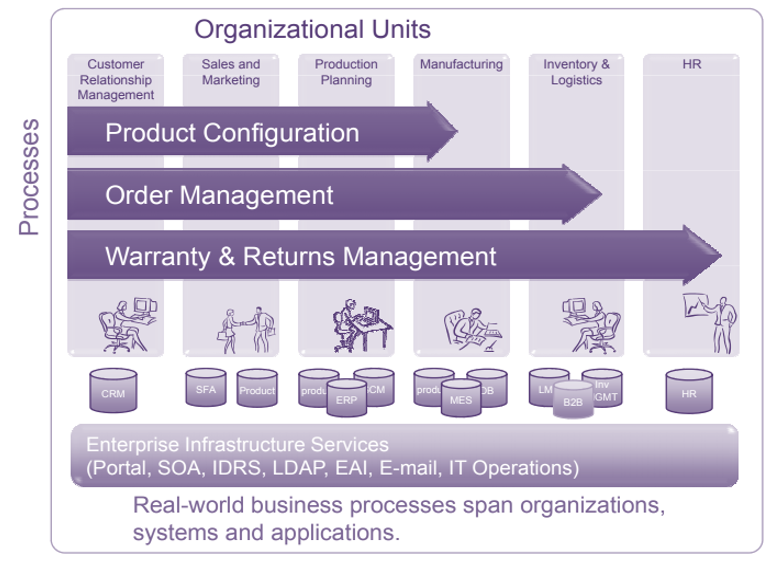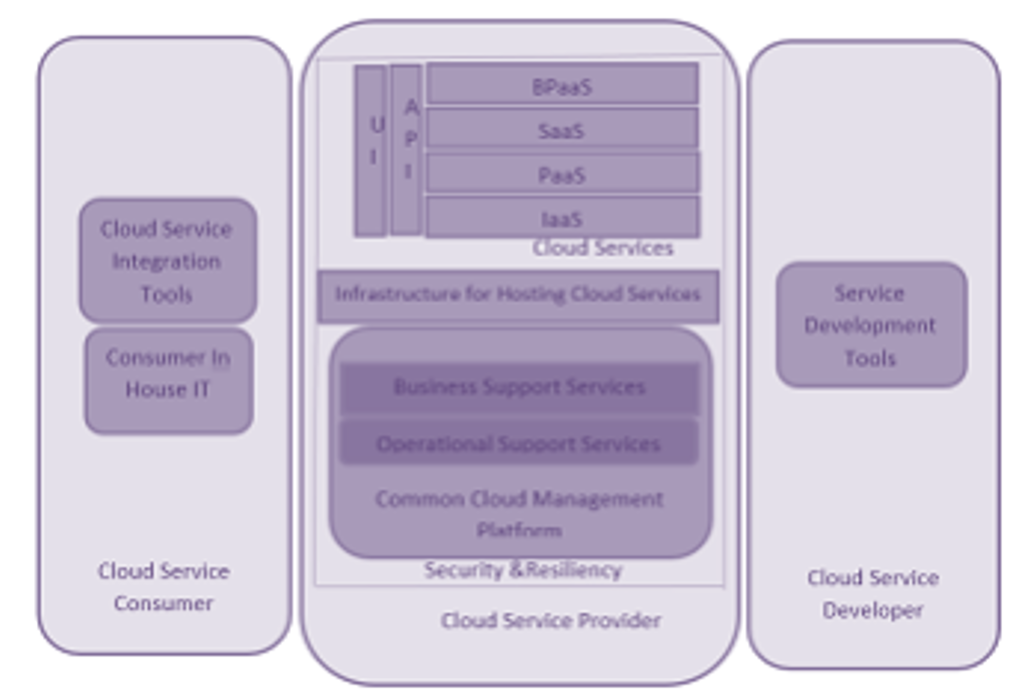Home »
Cloud Computing
Business Process Management and Cloud Computing
Cloud-Based Business Process Management (BPM): In this tutorial, we will learn about business process management using cloud computing, its life cycle, and business process as a service.
By IncludeHelp Last updated : June 02, 2023
Business Process Management (BPM) offers companies the ability to define their business processes. To keep track of business process models and organize the implementation of business processes, a Business Process Management System (BPMS) is used. Cloud computing is a supportive system for Business Process Management to automate business processes and enhance them.
Business Process Management (BPM)
Business Process Management (BPM) is a continuous process in which organizational activities are evaluated and enhanced. For an instance let’s consider the process of vacation approval in an HR department. A lot of email exchanges will need to occur without BPM implementation in the organization. With BPMS, however, it is possible to automate vacation requests, thereby improving document management, increasing the speed of requests, and improving system performance. For the modeling, management, and monitoring of business processes, BPMS offers a wide range to fulfill all the necessary needs. The principle of dividing a business process and putting operations and data in both the enterprise and the cloud has been suggested. The BPMS architecture facilitates organizations to take place their sensitive data and non-computing-intensive operations within the organization itself, while it is possible to place less sensitive data and scalable operations in the cloud.
Business Process Management (BPM) using Cloud
Cloud Computing is changing the fundamental way in which information technology services are being distributed. It is also spawning a whole new set of words and acronyms including Software-as-a-Service (SaaS), Application-as-a-Service (PaaS), Infrastructure-as-a-Service (IaaS), Business Operations Platform (BOP), Public Cloud, and Private Cloud.

It seems as if new words are being invented every day. As both existing and new vendors step into the Cloud Computing marketplace the concept of Cloud Computing continues to morph.
Business Process Management (BPM) Lifecycle
The BPM lifecycle is an iterative process that includes all facets of BPM. Each of the steps of the BPM lifecycle is briefly presented below.
- Design
The first phase of the BPM lifecycle includes the identification of the business processes that you intend to automate and write down the current steps, activities, individuals and decisions that necessitate taking place to attain the preferred result.
-
Implementation
They have to be applied after the business process models are validated and simulated. In two ways, the implementation of these models can be done:
- With well-specified tasks, one can choose to construct worklists that can then be delegated to employees within the organization. This is often the case where no automation within the implementation of the business process is required or feasible. The downside to dealing with worklists is that it is difficult to track the execution of the process. There is no central structure in which process instances are tracked, and this has to be done by any employee involved in the process within the organization.
- In certain instances, information systems are involved in a business process in which a business process management system (BPMS) may be used. For process initiation, a BPMS is able to use business process models and build instances of these models. The benefit of using a BPMS is that the device provides insight into the process as a whole. The system is capable of monitoring each instance of a business process and offers a summary of the activities carried out, the time taken by the process, and its success or failure.
- Business process optimization
In this step, the 'Process Champion' will aim to develop the form/workflow and correct bottlenecks to make the process more successful based on insights from the monitoring phase.
In addition, if you find additional inefficient or unnecessary processes inside your business, BPMS can be implemented rapidly with commercial terms accepted, reusable components and management buy-in.
- Evaluation
The tracked data obtained by the BPMS is used to analyze the business process in the assessment phase. The conclusions drawn in the assessment process are used as feedback for the lifecycle's next iteration.
Business Process as a Service
Any business process, such as payroll, accounting, or e-commerce, offered over the internet as a platform and available by PCs and smart devices, can be regarded as a business process as a service (BPaaS).
In conjunction with low monthly subscription rates and libraries of pre-built software, cloud-delivered BPM with minimal or non-existent start-up costs would make the power of Business Process Management accessible and affordable to any company. It will also allow organizations and individuals in an affordable, risk-free, and efficient environment to begin learning about and experimenting with process modeling and process discovery.

Figure: Common Cloud Management Platform Reference Architecture
Unlike conventional SaaS applications such as e-commerce, Customer Relationship Management (CRM), and Employee Performance Management, BPM software allows companies of any size to create or acquire, implement, administer and improve their own business applications of any kind that are process-oriented. For modern enterprise composite application creation, the combination of SaaS BPM software with a Cloud distribution mechanism provides a scalable and affordable environment.
Organizations enjoy all the advantages of a traditional subscription Internet application along with the strength and versatility of a BPM software environment of Cloud-delivered BPM software and applications. As a SaaS offering in the cloud, BPM will forever change the way organizations view the cost structure of the production and maintenance of applications.
Reference(s)